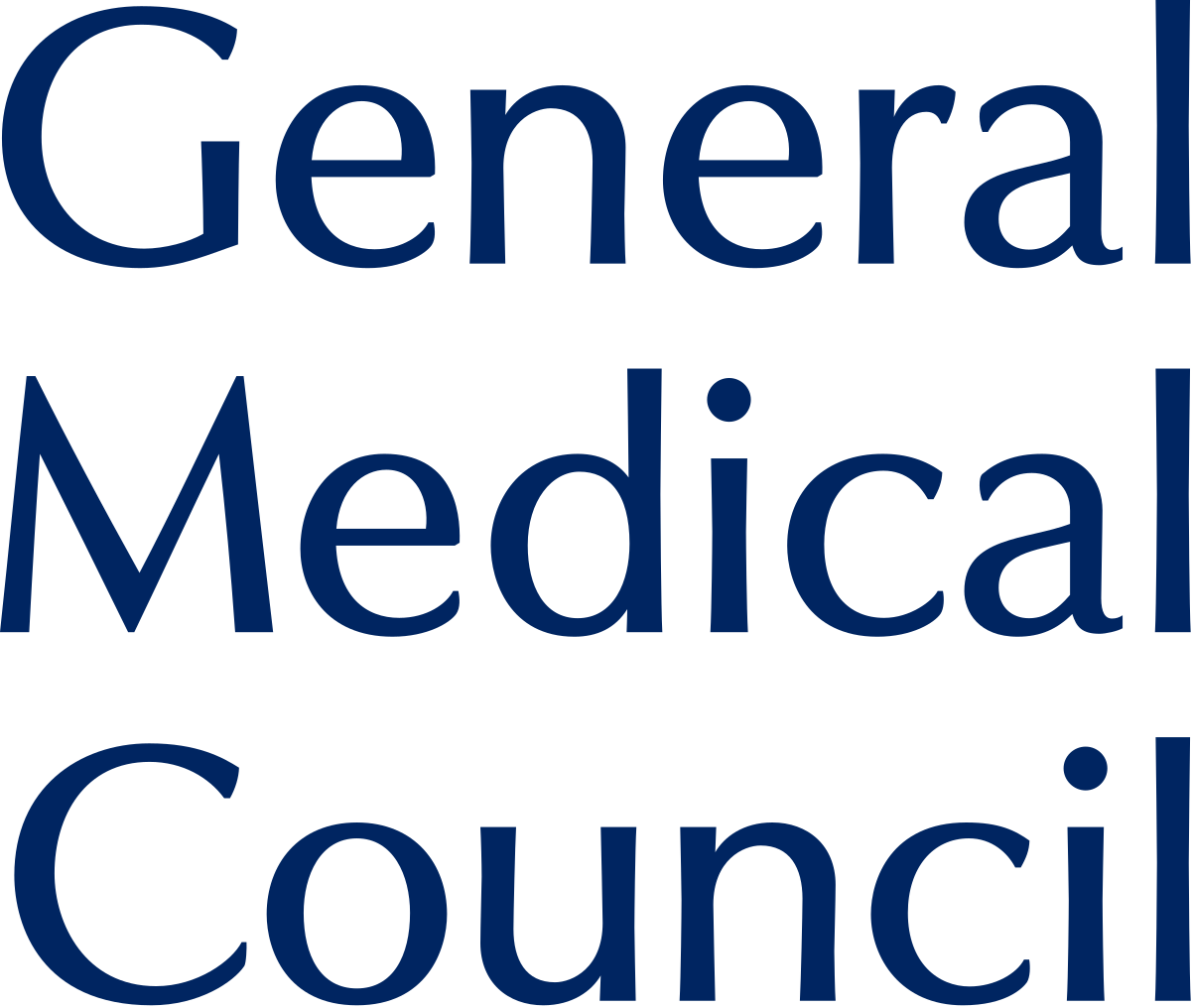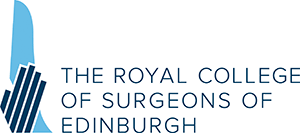Facelift
A facelift - also known as a rhytidectomy - is a cosmetic procedure which is capable of producing a more youthful appearance.
What is facelift treatment?
A facelift - also known as a rhytidectomy - is a cosmetic procedure which is capable of producing a more youthful appearance. It is a surgical treatment which reduces sagging skin on the jawline and cheeks, as well as other ageing signs which are visible on the face. The procedure involves the surgical alteration of the skin and tissues beneath the skin to create a more youthful-looking appearance.
It should be noted that a facelift is not a solution to decrease wrinkles or creases, nor can it repair skin damage. Necklifts, also known as a platysmaplasty, can be combined with a facelift, reducing sagging skin and fat deposits in the neck region.
Am I a good candidate for a facelift?
The most suitable candidates for a facelift will typically have some degree of skin laxity along the jawline, cheek or neck. Your surgeon will be able to discuss with you the most appropriate treatment options and any adjunctive procedures required.
You might not be suitable for facelift surgery if you have unrealistic expectations of what the procedure can achieve, are a heavy drinker, are a smoker, have hypertension and/or diabetes, or have any condition which affects wound healing.
During the initial consultation, Mr Chummun will take a full medical history and examine you. He will assess your wishes and discuss the various treatment options. The agreed procedure will be explained.
During the surgery
How a facelift is carried out will depend on what the main objectives of the procedure are. A series of carefully placed incisions around the ear that may extend into the hairline are made, allowing the surgeon to lift and tighten the skin and underlying tissues. The skin is then re-draped to recreate a more youthful appearance. If a neck left is also performed, an incision will be made under the chin area.
If only a small amount of skin is sagging, a mini facelift can be done, involving smaller incisions.
Following the surgery, your face will be wrapped in a bulky bandage, and surgical draining tubes (small surgical drainage tube) will used. These will be reduced by the time of discharge.
Recovery from a facelift
In the days following a facelift, there are several ways in which you can care for yourself at home. You should rest with your head in an elevated position, and apply cool packs in order to reduce swelling and address pain. Avoid any unnecessary bending forward. Pain medications can be taken on the advice of your doctor.
You'll typically have a series of follow-up appointments scheduled so that the surgeon and his team can look after you. The day or two after the surgery, you will usually have your drain removed, new bandages wrapped, and antibiotic ointment applied to your incisions. Depending on the type of facelift, you may have staples in your hairline and sutures around your ear that will be removed at your follow-up appointment.
Get in touch
If you have any queries or would like to book an appointment, please use the contact form or get in touch via call or email.








